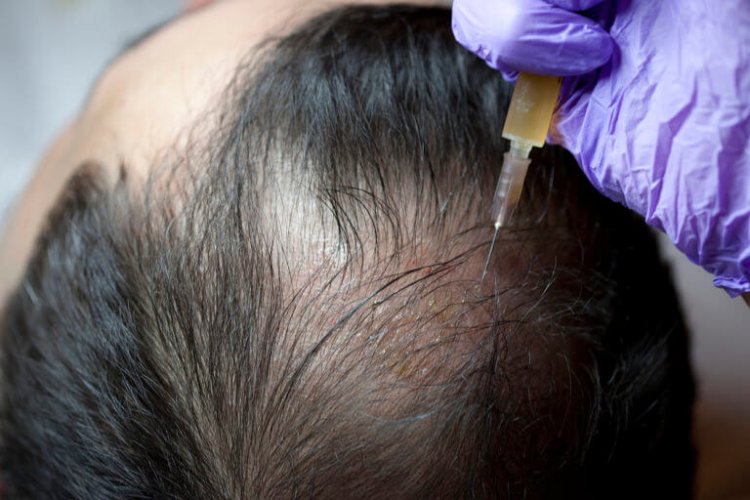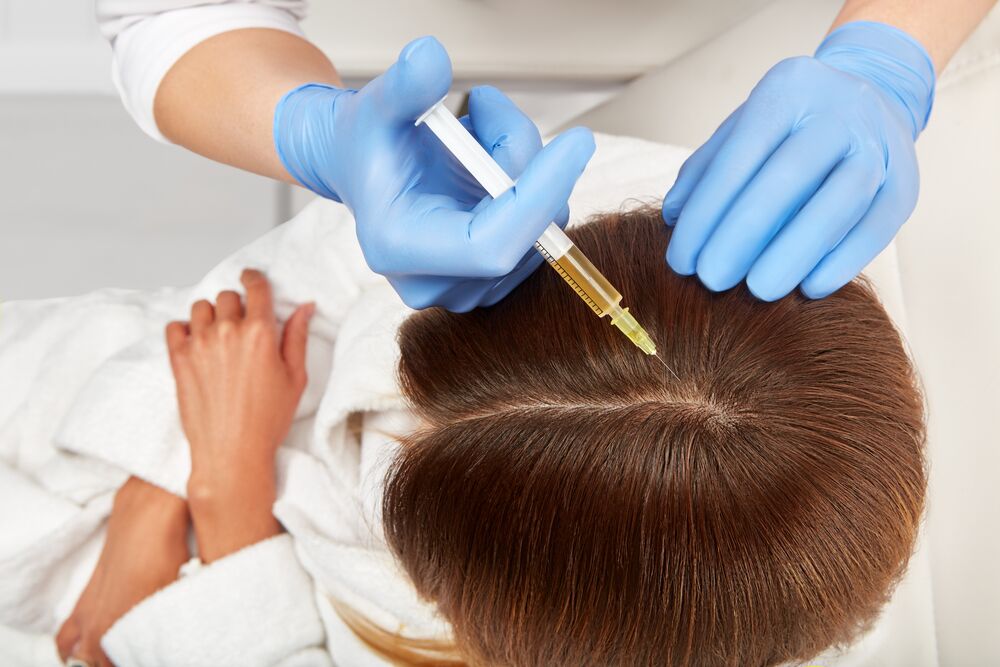Platelet-Rich Plasma for Hair Loss: Could the Secret to Regrowth Be Flowing in Your Veins?
It sounds like something pulled from the pages of a gothic novel using your own blood to heal yourself. But platelet-rich plasma (PRP) therapy is not sci-fi, and it’s not just a beauty-industry gimmick. First used to help injured joints and tendons, PRP has quietly made its way into dermatology clinics, promising to restore skin glow and, more recently, tackle one of the most stubborn cosmetic frustrations of all: hair loss.

PRP has even earned the nickname “vampire treatment,” thanks to its slightly eerie process of drawing your blood, spinning it into its essential components, then re-injecting the most potent part right where it’s needed. But the science beneath the drama is fascinating.
How Platelets May Help Hair Grow Again

Blood is more than just crimson liquid going through our veins. Red blood cells, white blood cells, plasma, and platelets are the four essential components that are carefully adjusted in this mixture. Platelets, which are microscopic cell fragments that produce growth factors to aid in wound healing and tissue regeneration, are the body's repair team.
Think of it like distilling a powerful serum only this one is made by you, for you.
When injected into the scalp, PRP’s growth factors are thought to wake up dormant hair follicles, particularly by activating dermal papilla cells the “command center” at the base of each follicle that tells hair to grow.
The PRP Process: From Vein to Scalp

The treatment starts with a simple blood draw, usually from your arm. That blood goes into a centrifuge, a machine that spins so quickly it separates the blood into layers. Plasma floats to the top, and at the bottom of that layer is your platelet-rich plasma golden, potent, and ready for use.
Sometimes a second spin is done to make the PRP even more concentrated. Once prepared, the PRP is injected directly into areas of thinning hair across your scalp. A typical treatment plan involves three sessions spaced about a month apart, followed by maintenance every three to six months to keep results going.
Who Might Benefit Most?
Most of the research so far focuses on androgenetic alopecia (AGA) the hormone-driven type of hair loss that causes receding hairlines in men and widening parts in women.
Studies suggest PRP works best when combined with other hair-loss treatments like topical minoxidil (Rogaine) or oral finasteride (Propecia).
For other types of hair loss stress-related shedding (telogen effluvium), autoimmune-driven alopecia areata, or scarring alopecias the jury is still out. We simply don’t have enough high-quality data yet.
The Upsides, Downsides, and Price Tag
%20-%20YardView%20Yard%20Management%20Software%20System.png)
When done by a skilled medical provider, PRP is considered safe, with only mild potential side effects: scalp tenderness, temporary redness, headaches, or even a short-term increase in shedding before new growth begins.
But there are caveats:
It’s not for everyone; those with bleeding disorders, severe anemia, or certain autoimmune conditions may not be candidates.
It’s not painless; dozens of injections in the scalp aren’t exactly spa-like.
It’s not cheap except to pay around $1,000 per session, and insurance usually won’t cover it.
Why PRP Needs More Research

Comparing outcomes is challenging since different clinics use different methods for spinning, concentrating, and injecting PRP. Even while preliminary research appears encouraging, additional data is required to determine the optimal procedures and whether PRP can treat less prevalent types of hair loss.
Bottom Line
PRP for hair loss is one of those rare treatments that feels both futuristic and deeply personal, a therapy that turns your own biology into medicine. For people with androgenetic alopecia, it may be a powerful addition to their hair-restoration toolkit.
But as with most things in beauty and medicine, it’s not a magic bullet. It’s an investment in money, time, and hope. And for now, the safest path is to seek a well-trained provider, combine it with proven treatments, and keep your expectations grounded in both science and patience.
What's Your Reaction?




















